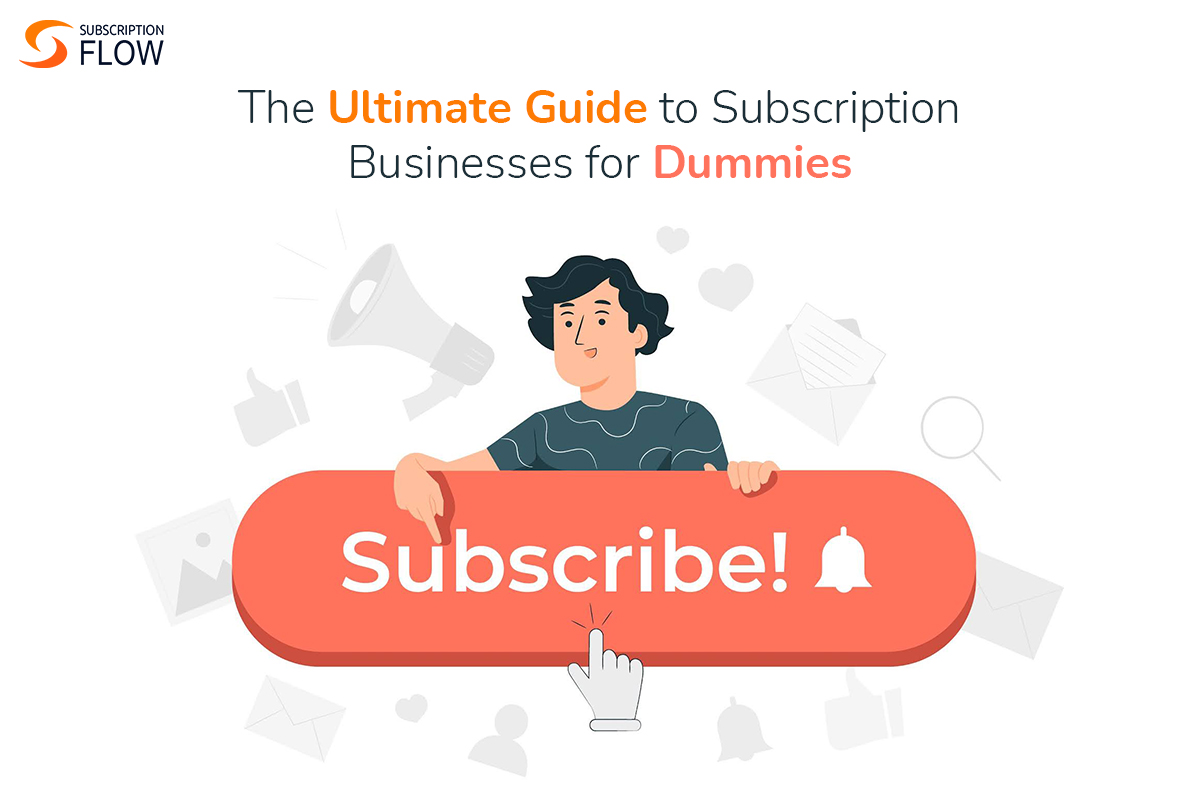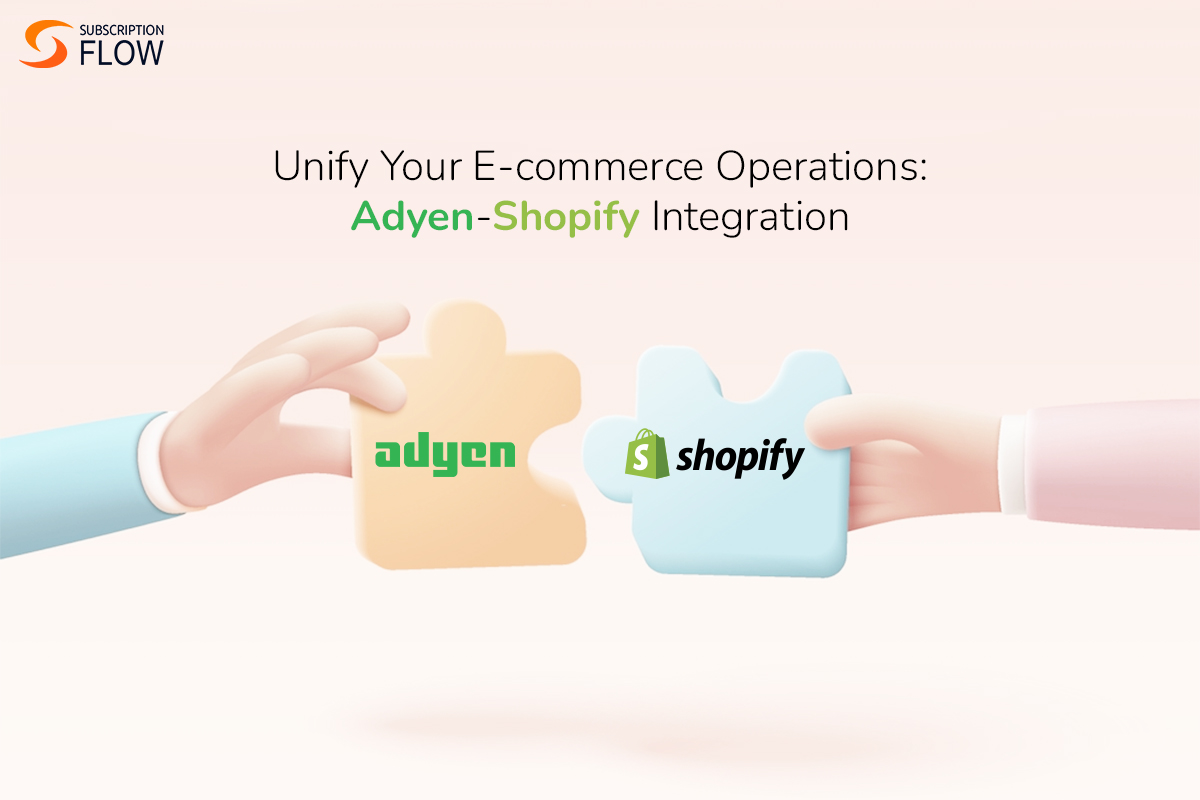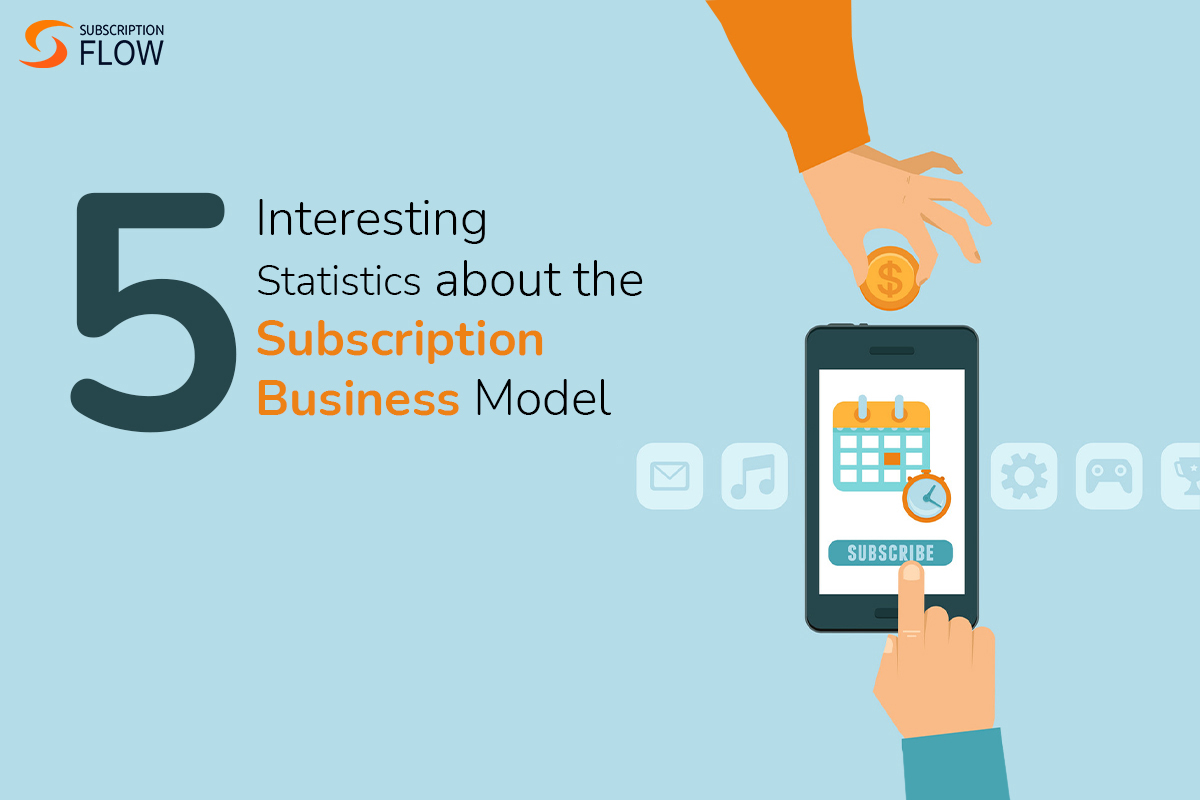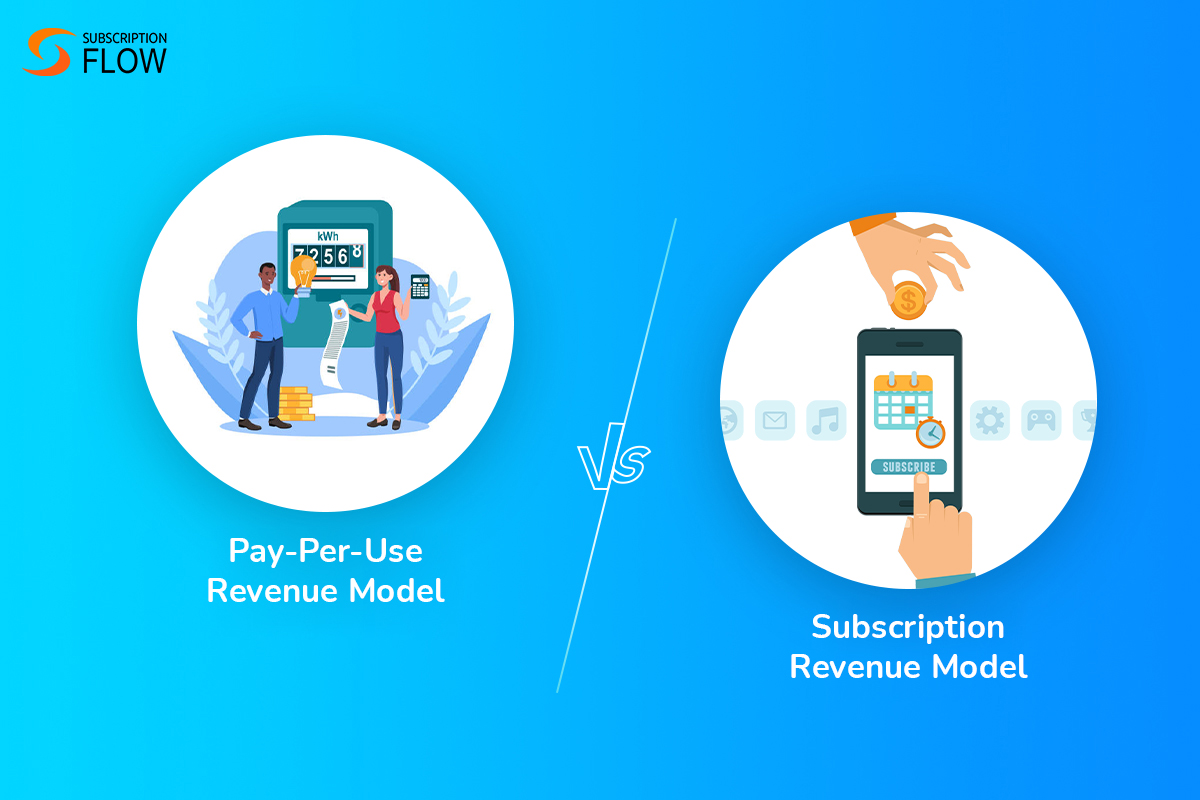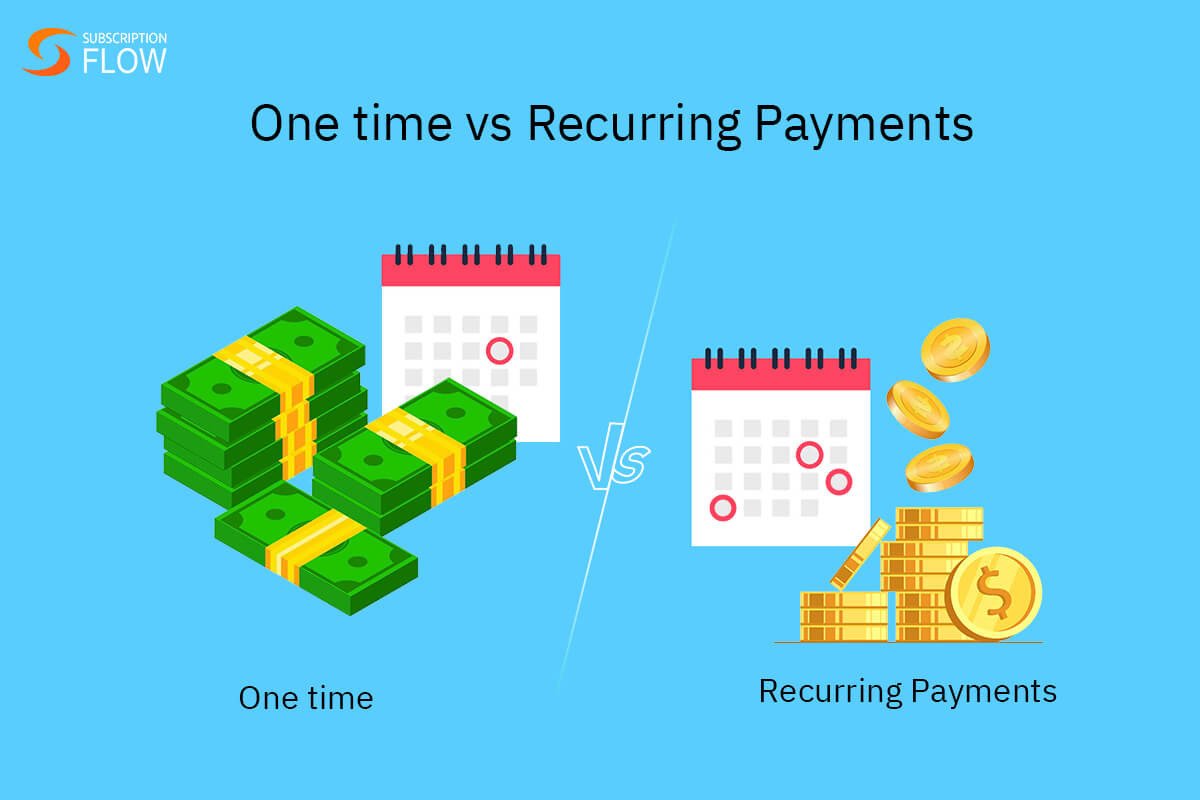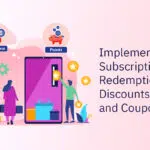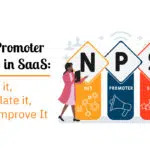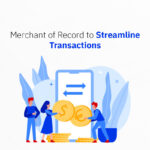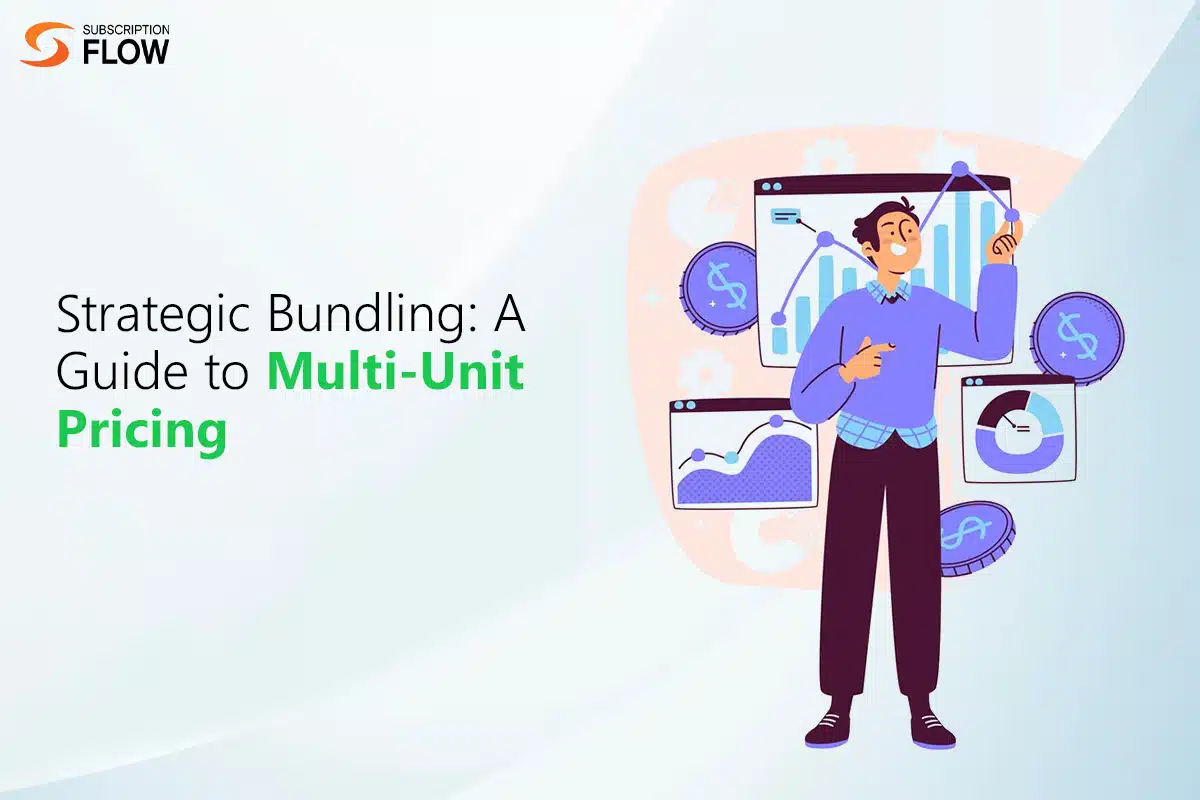
Strategic Bundling: A Guide to Multi-Unit Pricing
In the modern business landscape, markets are getting highly competitive, and navigating innovative ideas to stand out by building customer loyalty. One notable strategy that has garnered the attention of business owners especially in the SaaS niche is the multi-unit pricing strategy. This pricing strategy revolves around incentivizing customers by offering discounts on bulk buying or availing bundled offers. From ‘buy one get one free’ to ‘buy 6 at the price of 3’, these tactics are helpful to create a perceived value that aligns with customer preferences. But the question is: what drives this perceived value? How do businesses sort out optimal prices and balance them with profitability and customer appeal?
In this blog, we will discuss the concept of multi-unit pricing and how it helps to attract potential customers in the SaaS industry. Moreover, we will talk about the benefits, challenges, best practices and future prospects for multi-unit pricing implementation.
Understanding Multi-unit Pricing
Multiple-unit pricing is a business practice where a business offers consumers a discounted price for a specific number of units of a good/service. For SaaS businesses, this means offering discounts on subscriptions for larger teams and enterprises or long-term commitments. This strategy incentivizes customers to purchase more, driving revenue and growth for the business.
Multi-unit pricing is a strategic business tactic to manipulate the psyche of buyers into buying several products, which they assume they are getting at lower than actual rates. This strategy can be effective for service-based businesses that offer tiered pricing plans where customers can upgrade to premium features or additional services at discounted rates. Interestingly, multi-unit strategy is designed by thinking from a consumer’s viewpoint, thereby making them attracted to bundled offers.
A consumer believes they are saving up by making bulk purchases. They think they are making a profitable deal, as buying one item will be more expensive than buying the same category of items in bulk.
In the SaaS landscape, this could mean customers opting for annual subscription plans rather than monthly ones to save on costs. In general, products are sold at a predetermined price point, often at or below the maximum retail price. In order to boost sales and gain more customers, retailers employ promotional strategies such as discounts, freebies, or bundled deals. SaaS businesses can offer bundled services, such as premium support features or free calls to agents, to upsell customers.
For instance, a retailer might offer a free washing powder with the purchase of a washing machine or a “buy 2 get 1 free” deal on packs of washing powder. Similarly, a software company might offer a free trial or discounted rate for the first month of subscription to engage new customers. This strategy aims to clear inventory, drive sales, and create a perceived value for customers, thus increasing loyalty and retention.
By bundling products or offering freebies, retailers can differentiate themselves and stay competitive in the market. Software businesses can use multi-unit pricing to create a smooth bond with customers, thereby minimizing churn and increasing customer lifetime value.
Exploring the Benefits of a Multi-Unit Pricing Strategy
Multiple-unit pricing strategy has a variety of benefits to offer, such as cost-effectiveness for consumers, reduced costs for businesses, improved revenue and sales, strategic market footprint, and competitive edge. For SaaS businesses, these benefits can be crucial, as they can drive subscription renewals and upselling opportunities. Here we offer an elaborated version of each of the benefits:
Cost-Effectiveness
Multiple unit pricing satisfies customer needs as they make multiple purchases at a lower per-unit price, thereby getting more value for less price. SaaS customers may appreciate discounted rates for annual subscription plans or bulk licenses. This encourages them to buy more as they make a profitable deal, thus leading to loyalty and satisfaction.
Reduced Costs
The costs of bearing inventory are 20%-30% of the total cost of inventory. By clearing out stock with consumer-friendly deals, businesses can sell high quantities of products in one go, thereby reducing the time that they had to wait in order to sell individual items.
Lower stock carrying costs can offset volume discounts, driving increased profit margins through faster inventory turnover and increased sales. For SaaS businesses, this could mean that they may have to incur lower costs associated with larger customers or handling fewer larger transactions.
Increased Revenue
Bulk purchases can be game changers for any business, as customers are incentivized to buy in large quantities, thereby boosting average sales values and increasing revenues. Software businesses can benefit from increased revenues by offering discounts on large-scale signups for services, leading to increasing average revenue per user. If the profits compress, higher sales can compensate for the difference. Moreover, these prices can stimulate impulse buying, opening doors to additional revenue streams for a business.
Market Position
Multiple unit pricing engages old customers and attracts new buyers to buy products at discounted prices. It convinces them to buy large volumes of products. This approach increases sales, increases customer engagement with your products, and enhances your brand reputation in the highly competitive market.
Data-Driven Decisions
Analysis of bulk purchase data offers insights about customer behaviors, trends, and preferences. This data can help improve future decisions and strategies, thus keeping the brand up to date with the latest consumer buying patterns, and also improves marketing strategies to a more targeted consumer base. For software businesses, it could mean user insights that can help in informed product development and marketing tactics.
Reasons Why SaaS Businesses Use Multi-Unit Pricing
Several reasons contribute to why businesses employ a multi-unit pricing strategy. SaaS businesses can use multi-unit pricing to increase memberships, increase ARPU, and enhance customer lifetime value. This includes increased sales, upselling and cross-selling opportunities, market penetration via the launch of new products, and offering customized deals to attract buyers.
Improved Sales
Multiple unit pricing is employed to encourage sales of products and services. Goods and services are often promoted via this strategy as it improves brand presence in the market and enhances business-customer relationships. Multi-pricing bundles are introduced on holidays, such as Christmas Eve and New Year’s, encouraging bulk purchasing and discounted prices for consumers. By rendering tiered pricing plans, SaaS companies cater to varying customer segments and increase sales.
Market Penetration
In a highly dynamic market, new products take time to compete with existing products. For SaaS companies launching new software or features, multi-unit pricing can be an effective way to attract early adopters and gain attention. In order to enter the competition, sellers employ a penetration strategy, thereby easing customer base expansion. It helps the business to gain market share and boost sales for that particular product.
Win-Win for Businesses
Multi-unit pricing enables businesses to craft personalized deals that drive sales and improve business customer terms. When handling large orders, companies often add additional user licenses or premium support at no charge to reduce per-unit cost, making the deal more compelling to the buyers. In B2B negotiations, multi-unit pricing helps businesses to respond easily to customer needs. For instance, a seller may agree to offer 100 units free with the purchase of 500 units, or a software company may offer discounts on annual subscriptions. In this way, mutually beneficial agreements are reached upon and help build profitable outcomes for businesses.
Analyzing the Challenges of Multi-Pricing Implementation
For businesses in the current landscape, implementation of a multi-pricing strategy can be a challenging task and can complicate business operations. SaaS companies in particular must navigate the intricacies of tiered plans and feature bundling. Here are some top challenges for this type of strategy implementation:
Sense of Confusion
When too many items are bundled as one deal, it can complicate the purchase decision and confuse the buyer. For example, offering bundled products with variations can lead to indecision among customers. To avoid doing so, it is best to simplify offers. Thus, offering few similar types of products is important to avoid buyer frustration.
Flexibility is risked
Another challenge is lack of flexibility in the offers. It means that a one-size-fits-all offer can affect purchasing power on the customer’s part. Those who seek relevant products or software features may feel uncomfortable purchasing services or products that are dissimilar and non-complementary; thus, it will pose a challenge for the business. Businesses must offer customized deals to meet the needs of those who require complementary products or those of a similar type or category.
Communication Gap
Improper communication with regard to offers and price bundling strategies can create misunderstandings. If a business does not educate and inform customers of the savings a customer attains from making a bundled purchase, it can reduce the customer’s interest in your products. Similarly, software companies must clearly communicate the value proposition of product plans to avoid confusion. Businesses must ensure they mitigate any gaps in communicating the offers and seek expert guidance on effective marketing tactics.
Pricing perception
Pricing research and testing must be conducted to ensure products/services are priced strategically in bundled offers. Pricing perception has a crucial role to play here, as products or services sold at a higher price as bundles than when sold separately can create a fear of overspending among customers. Also, if products are cheaply priced, it may create a sense of quality compromise the customer is making. Thus, addressing this challenge requires thorough product research, customer preferences, and expert guidance to avoid wrong perceptions.
Future Prospects in Multi-Unit Pricing Strategy
As more businesses utilize multi-unit pricing to mold their pricing decisions and clear stocks, there is a range of emerging trends that are taking over the business ecosystem. Read on to explore various emerging trends:
Personalization of Prices
One notable trend is the rise of personalized prices as per customer needs. Businesses are now carefully examining data analytics to tailor bundles to customer choices. For example, Netflix can offer a mix of free dramas and music videos as a bundled offer based on user history and preferences.
Subscription models
Subscription models are gaining popularity as more businesses in e-commerce, media, and software niches are adopting membership-based pricing reliant on tiers. With the help of varying tier categorization, customers can opt for the best-suited plan as per affordability. This in turn can lock in revenue streams from various customer segments based on tier memberships.
Demand-Based Prices
Businesses are increasingly adopting real-time price adjustments based on significant factors such as inventory, demand, competitors’ prices, and more. This approach allows customer loyalty and engagement. For instance, a ride-sharing company may charge high prices during peak hours and reduced prices during off-peak hours.
Pricing automation
Use of artificial intelligence-driven platforms has allowed easier price optimization. Automated tools can help figure out the right prices based on data and AI algorithms. This in turn is helping businesses to rule out pricing and revenue maximization schemes that can be beneficial for businesses.
Top Tips for Smooth Multi-Pricing Implementation
Businesses can use the given tips to stay market competitive and fine-tune prices based on real-time analytics and business needs. Here are a few tips, such as
- Regular review and adjustment of pricing tiers to meet the market demand and align with customer expectations.
- Trying and testing various pricing tiers, such as freemium models, usage-based pricing, and more, to reach an optimal solution for business needs and pricing SaaS products.
- Monitor the key metrics such as churn rate, customer lifetime value, and revenue growth to encourage consistent revenue and avoid customer base erosion.
- Conduct thorough market research and gauge customer segmentation to maximize revenues via a multi-pricing strategy. Identification of upsell/cross-sell opportunities must be considered.
How can SubscriptionFlow Help
SubscriptionFlow can help to opt for smooth implementation of a multi-unit pricing strategy. Our team, with its years of technical know-how and expertise, can maintain focus on how you price your products. By using pricing automation and gauging data-focused insights, your business can benefit and grow exponentially.
Bottom Line
Optimizing pricing plans can favor software-based businesses operating in the contemporary landscape. By using a multi-pricing strategy, SaaS businesses can drive growth and multiply revenue. Moreover, bundling up premium features with core offerings can contribute to business success. Utilizing well-curated pricing strategies powered by real-time data analytics can help you stay ahead of the curve and maximize profits. Employing automation can allow business growth and seamless financial operations. With our help, you can implement the right business pricing strategy that meets the needs of your business model. Not sure how to begin?
Contact us and learn more.

